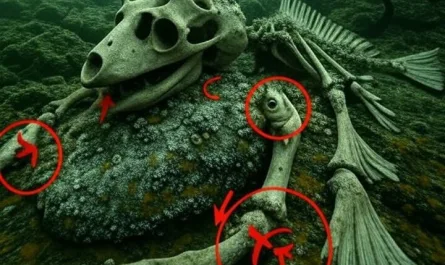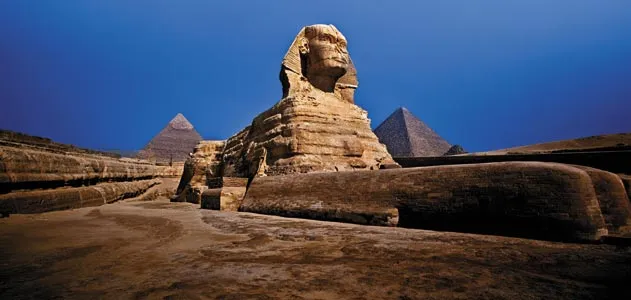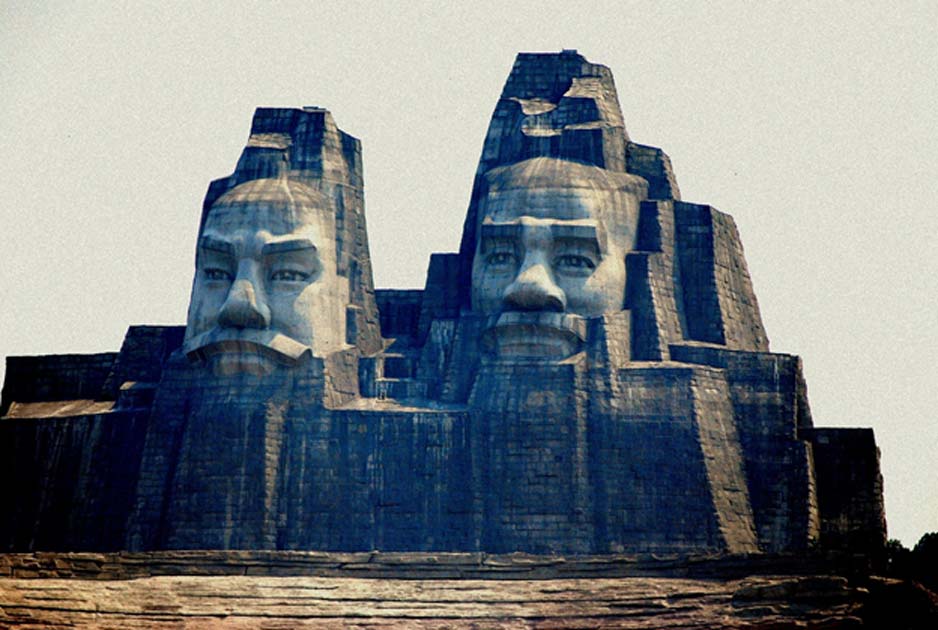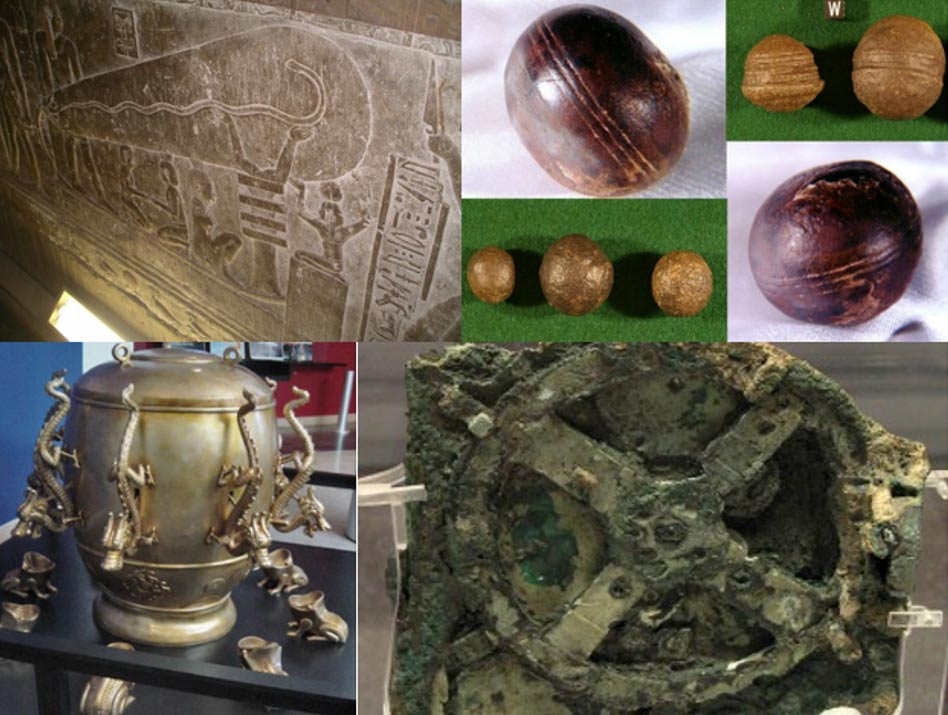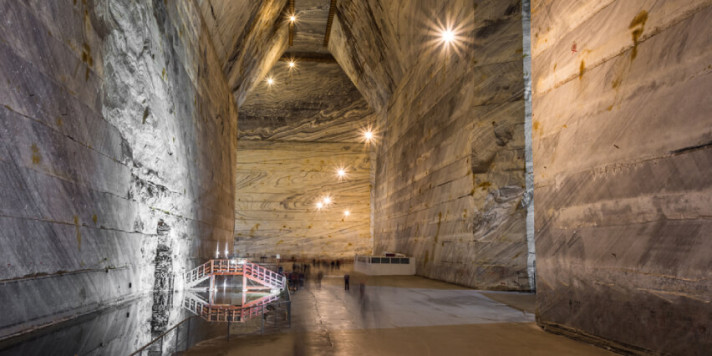One of the Buddha statues in the Bamiyan Valley, before its destruction by the Taliban in May 2001.
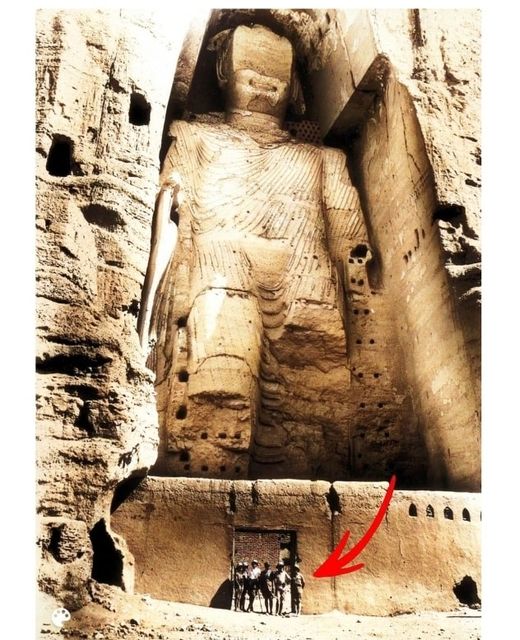
More than seven years after the Taliban destroyed the two giant Buddha statues at Bamiyan, an Afghan-led archaeological team has uncovered the remains of a third giant Buddha nearby.
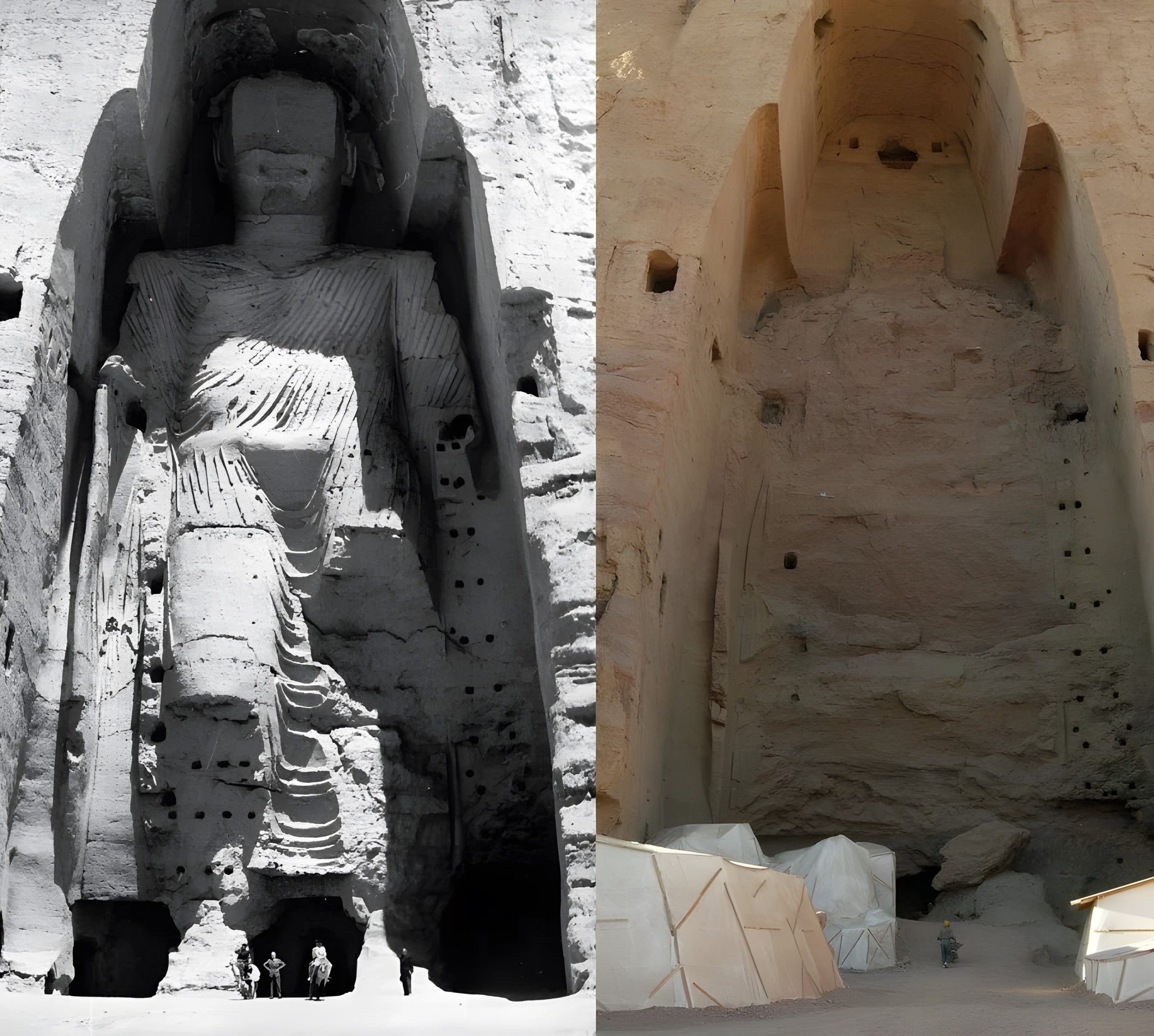
The remains of the 19-meter-long reclining Buddha statue were discovered this summer within the foundations of an ancient Buddhist temple less than 2 kilometers from the niches where Bamiyan’s two giant Buddha statues once stood.

The chief archaeologist, professor Zemaryali Tarzi, has spent years searching there for a 300-meter-long sleeping Buddha described in the journal of Xuanzang, a Chinese pilgrim who traveled to central Afghanistan around 630 A.D.
“This Buddha has been found in the eastern Buddhist temple where I have been carrying out excavations for the last seven years,” Tarzi says. “I think there could be similar [reclining] Buddhas, but I’m still searching for the 300-meter sleeping Buddha.”
Tarzi is one of the world’s most knowledgeable experts on the giant Buddhas that were destroyed in March 2001 by the Taliban regime.
By 1979, when Soviet forces invaded Afghanistan and Tarzi fled the country, he had already spent three decades studying the area and repairing the 55-meter and 38-meter standing Buddhas.
Now, provided his health and funding holds out, Tarzi says he is willing to repair the newly discovered reclining Buddha. But it will take a lot of work.
“Most of the parts are damaged. But we discovered a piece from the upper right arm down to the elbow. We discovered its neck and its shoulders. But the head is broken because of water damage beneath the ground. Still, the pillow he is sleeping on is in perfect condition,” Tarzi says.
“If I had permission and if I would live long enough, I would definitely restore it for Afghanistan. And then the world would be able to see what an important discovery this is.”

Afghanistan’s Cultural History
Once a stopping point along the Silk Road between China and the Middle East, researchers think Bamiyan was the site of monasteries housing as many as 5,000 monks during its peak as a Buddhist center in the 6th and 7th centuries.
Artisans in the region were influenced by the Greek civilization that was established hundreds of years earlier in northern Afghanistan by Alexander the Great. Researchers think the cross-pollination of European and Asian influences led Bamiyan to be the place where some of the first statues were created that show the face of Buddha. Previously, Buddha had been represented by artists as a footprint or an umbrella.
Another significant discovery this year at Bamiyan was made by Japanese researchers who found that many murals in the caves near the standing Buddhas contained oil-based paint. With the paintings dated to about 650 A.D., the discovery reversed common perceptions about the origins of oil paintings — which previously were thought to have emerged in Europe hundreds of years later.
By the 10th century, the area around Bamiyan converted to Islam — which generally views human representations as idolatry. Nevertheless, for centuries, Bamiyan’s standing Buddhas remained a widely embraced part of Afghan heritage and culture. That is, until March 2001, when the Taliban and Al-Qaeda used explosives to destroy the statues that Tarzi had so carefully worked to restore.
Mohammad Zia Afshar, an adviser in the Afghan Ministry of Culture and Information, says the sleeping Buddha is just one significant discovery made this year by Tarzi’s archaeological team.
The group also has unearthed 89 ancient relics, including coins and ceramics, that provide a better understanding of the Buddhist culture in Bamiyan some 1,500 years ago.
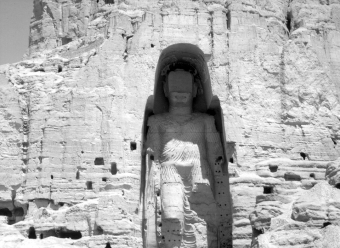
Funded by the French Foreign Ministry and the U.S. National Geographic Society, Tarzi and his team has worked at excavations in Bamiyan every summer since the collapse of the Taliban regime.
Tarzi tells RFE/RL that his hope of finding a 300-meter-long Buddha has been a major motivation for the work
“The talk about a third Buddha is not new,” he says. “Around 1975 or 1976, when I was still living in Afghanistan, I had studied the possibility of the existence of a third ‘sleeping’ Buddha. But I left the country before I could finish that work, and I didn’t expect to ever return to Afghanistan.”
Ancient Traveler’s Accounts
Tarzi says he learned from his restoration work in the 1970s that the descriptions of the two standing Buddhas provided by Xuanzang’s 1,400-year-old journal were extremely accurate. So accurate, in fact, that he couldn’t help wondering all these years about Xuanzang’s descriptions of a giant reclining Buddha nearby.
“I am searching now for a Buddha that I think is about 300 meters long and was built in a sleeping or lying position — [originally within a very large temple complex]. We have been able to locate [what we think is] the right temple, and excavations are continuing. This is not a small compound. So we have not been able to finish our excavations even within a year or two. We need to be patient and do this the right way,” Tarzi says.
“The temple is about 1.5 kilometers east of the ancient royal city of Bamiyan. That temple was discovered by my archaeological team. We are now studying the travel journal of a Chinese tourist from the year 632 A.D. to see if descriptions of a third giant Bamiyan Buddha are accurate.
“In archaeological work, any expected result is never a 100 percent guarantee. But we are continuing. If we find it, this would be the largest Buddha statue in the world. It is described as lying down horizontally with a length of about 300 meters — and the form of the Buddha is said to have 1,000 legs.”
In the past three or four years, Tarzi’s excavations at the eastern temple also have recovered the heads of dozens of Buddhist statues. Tarzi says that has raised his hopes of eventually finding the reclining Buddha described in the ancient journal.
But for now, he says, the discovery of a the 19-meter sleeping Buddha is enough to help restore the morale and national conscience of Afghans about their rich history. With so many of Afghanistan’s ancient artifacts looted, vandalized, or destroyed by war in the last 30 years, Tarzi concludes that every newly discovered monument gives the country something to help make up for its lost ancient treasures.
